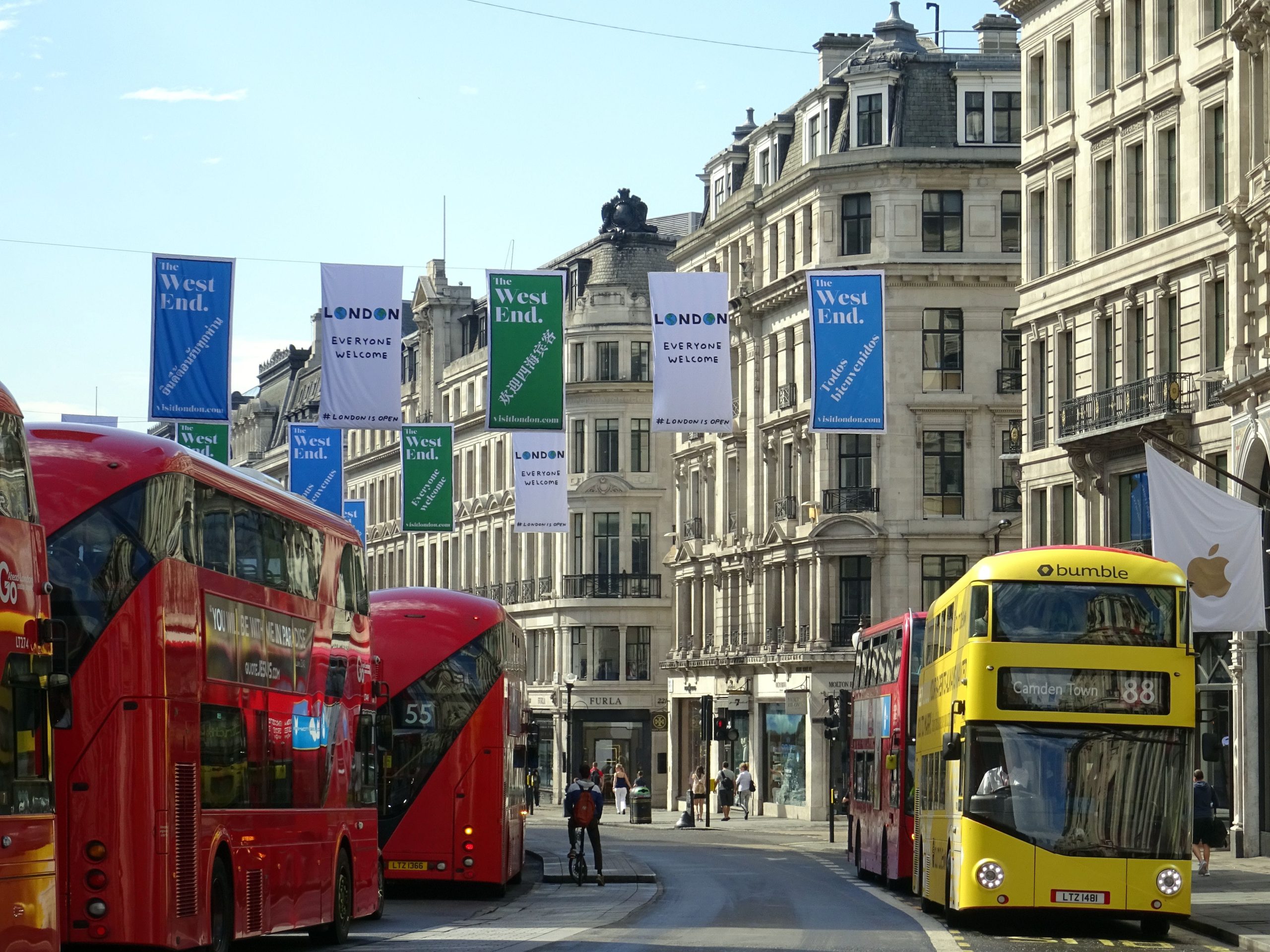There are an estimated 2.7 billion frontline workers globally, according to Gartner. From truck drivers and delivery people to nurses and retail workers, they are the living, breathing representation of the products and services that their employers provide. They possess a huge passion for what they do – indeed, many choose to perform these roles for the entirety of their working lives.
As consumers, we intuitively understand the value frontline workers bring. A brief chat with the person delivering our online groceries brightens our morning and makes us inclined to order again. A box dumped unceremoniously at our doorstep does not.
Likewise, a friendly exchange with a bus driver or shop assistant makes us feel appreciated by the organisation they represent. However, for all of this to happen, these workers themselves need to feel valued. Motivated frontline workers deliver better service and stay in their jobs longer – vital given the widespread labour shortages employers face today.
The problem is that in many organisations there’s a disconnect between those of us who sit behind desks and those working on the frontline, leaving the latter feeling deprioritised, overlooked or ignored.
This isn’t due to a lack of effort. It’s because there’s a real divide – a disconnect. That divide has been amplified in recent years, as office workers have become hybrid workers, and hierarchies have been replaced by agile, flexible teams. The contrast to frontline work couldn’t be more stark.
The frontline connection gap
For every desk-based worker, technology has transformed how we work. Information is instantly accessible from anywhere, teams are distributed and decentralised, we’re empowered with instant access to benefits, holiday booking, remote working and much more.
But step outside and onto the frontline, and not much has changed for 50 years. Incredibly simple tasks like booking leave, accessing pay stubs, online learning or checking on a parental leave policy, are too often incredibly difficult, laborious and frustrating. It’s not the lack of digital tools – it’s the fact these tools were built for desk-based workers.
Communication is another core issue that remains decisively sub-par for frontline workers (where rumours spread faster than facts). Again, most companies have tried to invest in digital tools, email software, intranets and more, but they don’t get adopted. It’s what we call the frontline connection gap. And it’s impossible to improve the frontline worker experience without closing it.
HR are the changemakers who can bridge the gap
Who owns employee experience? Who can close the connection gap? IT? Comms? Operations? HR?
In my view, HR is the team that can take the lead in bringing these disparate departments together. Too often we see comms rolling out an intranet app, IT rolling out M365 or a security solution, HR launching a benefits platform and HRIS app…and that’s before we get to operations.
Companies that have successfully tackled this issue have taken a holistic look at the employee experience, and then built a mobile-first app around the unique needs of their organisation. To gain adoption, any solution needs to be employee-centric – i.e. built around the needs of workers, to make their lives simpler and reduce friction. HR is the best placed function to lead on this empathetic approach, and bring all stakeholders together.
Once HR has mapped out what the current frontline employee lifecycle and experience, the team can turn their attention to improving it. A strong culture, a pleasant working environment, giving employees the tools and training they need to thrive in their roles – all these things will have a transformative impact. But only if HR truly understands what success should look like on the frontline, and then build a digital experience that reflects the needs of their people.
An ongoing change of mindset, not a one-off project
Transport provider Stagecoach recently took a bottom-up, people-first approach to improving the frontline working experience. The company used an employee survey to establish current perceptions of the day-to-day experience amongst 24,000 frontline workers, before spending time with team members to identify where the frontline connection gap was most prominent.
Stagecoach chose two bus depots to launch a new pilot programme to close the gap, working with 500 bus drivers, supported by a cross-functional team from across the business to track and measure progress. Within four weeks, the programme was having a positive impact and, within months, it had been rolled out across the entire organisation – translating into a 26% reduction in turnover.
Stagecoach’s success highlights the value of taking an iterative, organisation-wide approach to close the frontline connection gap. By listening to team members over a prolonged period, companies can avoid the pitfall of rushing straight to solutions and develop a stronger foundation for future efforts.
Remember, there is no ‘end’ to the employee experience transformation process. Organisations like Stagecoach are creating lasting cultural change, which must be continuously reinforced and will inevitably be subject to future iteration as the business evolves.
Ultimately, organisations need an involved and empowered frontline workforce to provide a great customer experience, and truly customer-centric organisations orientate every internal department and business function to the pursuit of this objective.
Solving the frontline connection gap is the key that unlocks this challenge. By ensuring that frontline workers share in the same collective mission as their desk-based colleagues, and are recognised and valued by those at the helm, it’s possible to create a unified organisation, and a better business.









